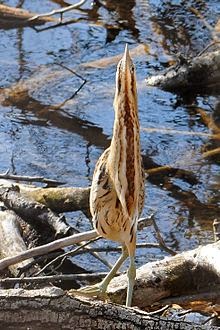dark variety : Argynnis paphia f. valesina
 |
| an orange male meets the valesina |
In the month of July the Silver-washed Fritillary (Argynnis paphia) is
easy to observe in Bjerge/Bjerre skov, a forest south of Horsens. On
this day in mid July there were numbers of the pretty orange male flying
around among the brambles. The Danish name is Emperor's Robe, and the
beautiful deep orange colour with the spots and stripes would fit an
emperor very well.
But suddenly came a dark variety, which we had never
seen before.There was even a date between an orange male and a dark
silver-washed female upon the road.

This dark variety was named by a famous English lepidopterist Frederick William Frohawk, who named it after his daughter Valezina and called it Argynnis paphia f. valesina. This spectacular form occurs in a small percentage of females. It is quite distinctive in flight looking like an overgrown ringlet and has the common name of the Greenish Silver-washed Fritillary.
 |
| Argynnis paphia f. valesina |
 |
| Argynnis paphia f. valesina |
 |
| Silver-washed Fritillary/Kejserkåbe |
The Silver-washed fritillary /Kejserkåbe in Denmark:
The spread of the Silver-washed fritillary is somewhat dispersed in Denmark. It has disappeared from large parts of Jutland and Funen. It was earlier widespread in hardwoods in all parts of Denmark.
Problems: The silver-washed fritillary is found in forest glades - and such glades should not be either drained, fertilized or sprayed with pesticides - but hay harvesting and extensive grazing during period would be beneficial. Livestock in the forest is also beneficial,since it brings light and warmth and improved conditions for the violet, which is the host plant of the Silver-washed fritillary.
In the last time of their flight period the Silver-washed fritillary flies often to other habitats, sometimes to residential areas.
The Silver-washed fritillary (Argynnis paphia) is on the Danish red list, but it is neither protected or listed in Denmark.
Source: Fugle og Natur, Michael Stoltze; British wikipedia,
photo: Bjerge/Bjerre skov July 2014: grethe bachmann














